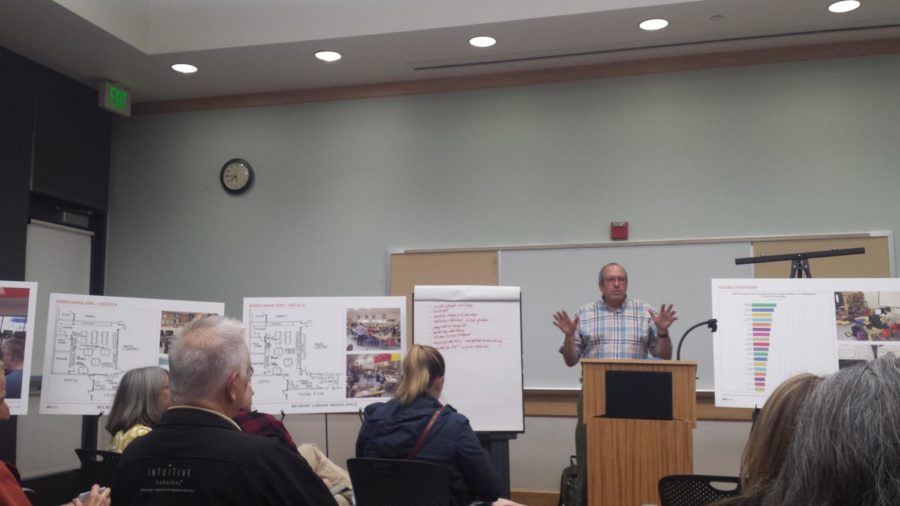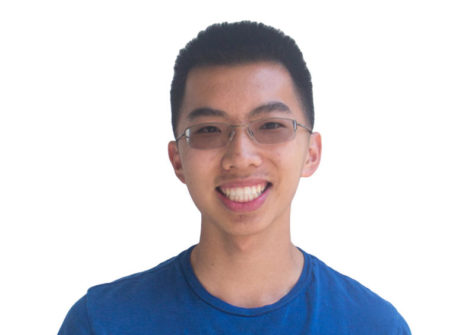In 2006, Mark Schatz was the principal architect for the design of the Belmont Library. In 2018, he’s making plans to expand on his past creation by building a Makerspace in the location of the Belmont Library’s Teen Center. This space would serve as a secondary activity room to the already present Taube Room.
Schatz said, “My goal is to create a space that is big enough, such that it can accommodate different activities at different times.”
After creating an earlier Makerspace in the South Novato Library, Schatz decided that he wanted to give the same experience to the Belmont community.
“The Makerspace is targeted to the whole population. I think what’s great about this is the opportunity to learn from each other,” Schatz added.
Traditionally, a makerspace has often been described as an area in which people gather to work on projects. Groups from all over a community would gather and use their joint knowledge to assist others in activities.
At the meeting for the planning of the Belmont Library’s Makerspace on May 1, Schatz noted that his creation would cater to a variety of different crafts. Based on a survey of the Belmont community, the most popular activities were in the fields of technology based activities, digital arts and media, and traditional arts and media.
As of May 2018, the Belmont Library already has its own laser cutter, 3D printer, virtual reality software, and a laptop dispensary for its patrons. With the creation of the Makerspace, several additions may be added: a soundproof room for audio recording, a green screen, fixed computers with more powerful CPUs, and even mentors that can teach certain skills and technologies to others.
Yet, the most versatile feature of the Makerspace is believed to be its flexibility for this large assortment of activities. Due to the fact that the Makerspace will take up the location of both the Teen Center and the Oracle Computer Lab, there will be a wide range of room for mobile tables and seating. According to Schatz, this movability will allow for many configurations for both groups and crafts.
Some students had several concerns about the Makerspace’s construction because of the fact that it will replace the Teen Center. Whereas many members of the community may be excited for the possibility of new activities, some teenagers are more obligated to simply hang out and socialize without participating in the Makerspace itself.
Alina Zeynalova, a senior who often hangs out in the Teen Center, said, “Because the [Maker Space] will take away the current Teen Center, I’m afraid that some people will have to hang directly outside the maker space. This will make the main library more noisy and a more chaotic environment.”
Another worry is that the Makerspace will be too compact and crowded for the large amount of groups that will use it.
“It’s great that the Teen Center will [turn into the Makerspace] and have more activities for people to do,” Lloyd Brase, a senior who also uses the Teen Center, said. “Since it’s open to so many people though, I’m worried about how the Makerspace will make it so that the different activities in the room don’t interfere with each other.”
In light of all the concerns and wants of the public, the Makerspace project is still only in its early planning stages. No date will be set for the start of its construction until all necessary funding issues are resolved. Schatz hopes to have this determined by mid June of 2018.












